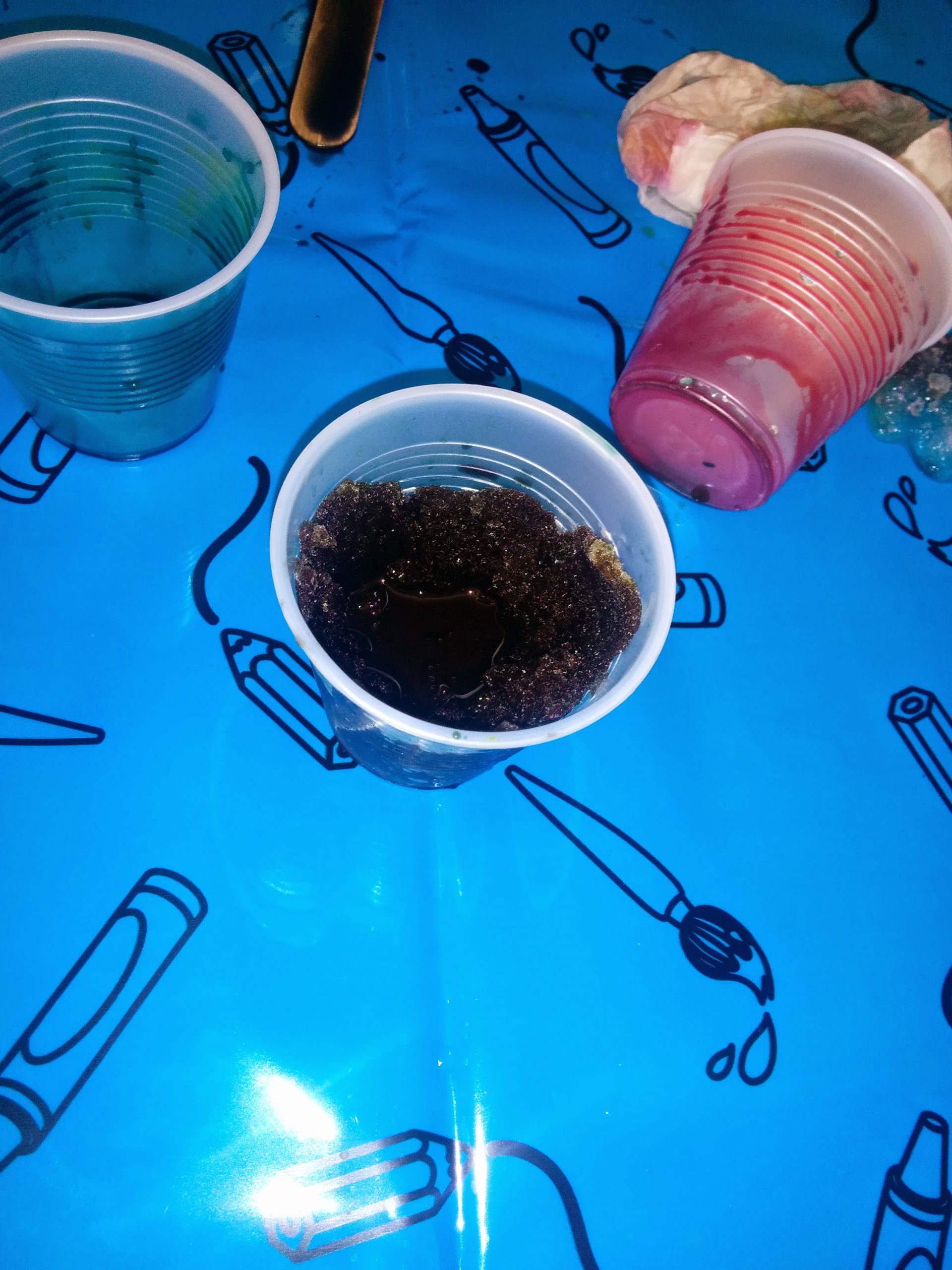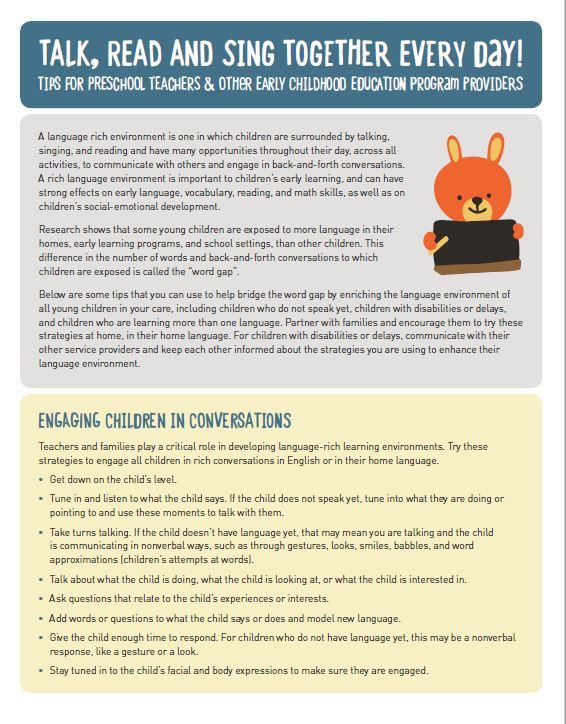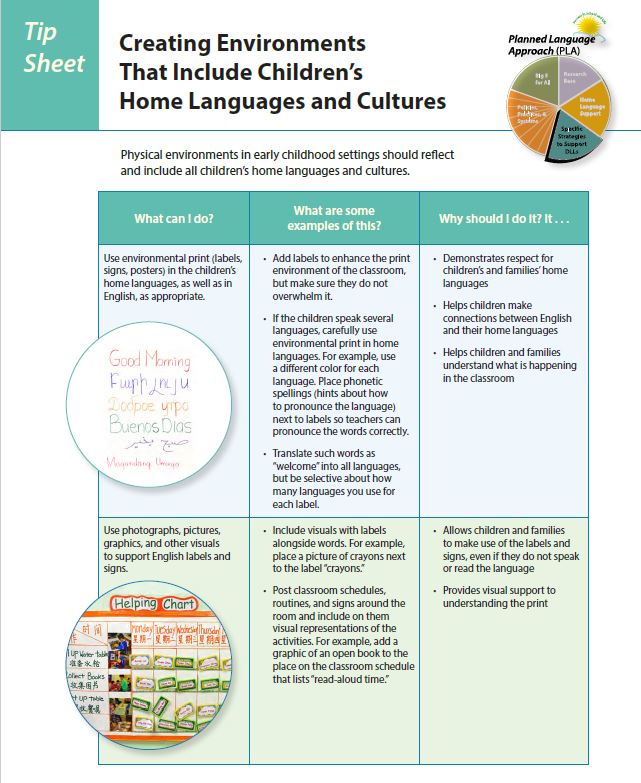There are so many benefits to reading with children…
But it can be difficult to keep a group of children engaged! Here are a few ways to make your story times more likely to bring children in and offer them the benefits that books can bring.
- Choose high quality literature. If you’re bored reading it, they’ll be bored listening. Look for interesting illustrations, distinctive characters, fun rhythm and rhyme, and relatable elements.
- Keep the books that get a good response, and shelve the ones that don’t capture their interest yet. Rotate books out when they’re getting stale and keep trying.
- Use your local library to keep an active rotation and try out new authors, illustrators, and genres. Plus, children’s librarians may have suggestions for books to read next.
- Books belong everywhere. Yes, a bookshelf or basket of books is important for children to have access to, but keep books about physics and great buildings with the blocks, keep books about plants in a waterproof box outside, and keep cookbooks with your play kitchen.
- Story time isn’t a set time— it’s whenever someone wants to read! Allowing children to engage with books when they’re interested and ready, and children who are allowed to freely choose when to listen to a story will enjoy them more. Plus, you can’t always tell who’s paying attention just based on where their body is– plenty of educators have heard a child across the room join in the chorus of a story.
- The last page isn’t a finish line: The goal is to engage children in the text. Whether that means dropping a book that the children aren’t interested in, or talking with them for 5 or 10 minutes about a single page, remember that it isn’t a race to the end. When children are asking questions or going off on tangents related to the subject or relating the story to their own experiences, they are internalizing the richness of text and its use as a tool for communication and connection.
What’s your favorite book to read with a group of children?
Language development is the process by which children acquire the ability to communicate verbally (or signed) and in writing. This begins in utero when the fetus is able to hear patterns of sounds, and continues through crying, vocalizing, babbling, and mimicking, into words, sentences, and eventually writing. Bilingual or multilingual development occurs when a child is consistently exposed to and using more than one language at once.
We know that babies learn language from being spoken and sung to, but new research states that young babies learn more from the rhythm and the way we speak than the individual sounds we’re making.
Why reading nursery rhymes and singing to babies may help them to learn language | University of Cambridge
This is just more reason to keep singing and reading to even the youngest babies throughout the day!
Remember, singing to the baby in front of you is much more powerful than playing recorded music.
“High cognitive scores during infant-directed singing suggested that engagement through song is just as effective as book reading or toy play in maintaining infant attention, and far more effective than listening to recorded music,” said [researcher Shannon] de l’Etoile. Mothers and infants connect through song | ScienceDaily
Research shows the importance of providing children with many language opportunities, including talking, reading, and singing. This tip sheet, created by the U.S. Departments of Education and Health and Human Services in partnership with Too Small to Fail, gives excellent practical tips on facilitating a rich conversation with preschool children, including using questions, expanding the child’s words, and interactive reading!
Tips for language rich -Preschool
Supporting the home language is essential in helping strengthen cultural and linguistic identity and developing a connection to the second language. Intentionality in supporting home language can also aid in supporting family relationships and engagement. These tip sheets, created by the Administration for Children and Families, Office of Head Start, give caregivers practical tips and ideas to include children’s home language in your program!
Creating Environments That Include Children’s Home Languages and Cultures
Including Children’s Home Languages and Cultures
Children love to play outdoors, but in the winter it is not always possible with very low temperatures. This can be disappointing for children, especially when there is fresh snow on the ground.
You can offer children the option to play with snow indoors. Scoop snow into a bucket or other large container and put the snow in a sensory table (if you have one), the sink, the tub, or even a plastic container (such as an under the bed box) placed on some towels on the floor. Children can:
- Build a tiny snow person
- Make impressions in the snow with hands, cups, shovels, or other tools
- Use spray bottles to spray color on the snow (a few drops of washable tempera paint in a spray bottle full of water works well)
Talk about what happens to the snow that was brought inside compared to the snow they can see through the window outside as well as how the snow feels on their hands.
Goals: Use senses to explore and build vocabulary and language skills.

Encourage children to name animals and then move their body like that animal. They can incorporate sounds as well. You might even make an ‘animal parade’. Talk about the different ways they move their bodies to look like the animal and name the body parts they use. (The book From Head to Toe by Eric Carle is a great resource for this activity).
Goal: Expand children’s vocabulary related to body parts and animal names and move in a variety of ways.
Set up a space where children can create cards and letters for each other. You can include different types and sizes of paper and envelopes, stickers, stamps/stampers, and a list of the names of the children. Encourage children to draw and write or dictate messages to one another. You can create a mailbox space using a box with dividers or hanging shoe storage and label a spot for each child.

Goal: Children will communicate with each other with drawing and writing.
If you would like to learn more about emergent writing check out the Learn, Share, and Grow series about writing development on the Professional Development page.




